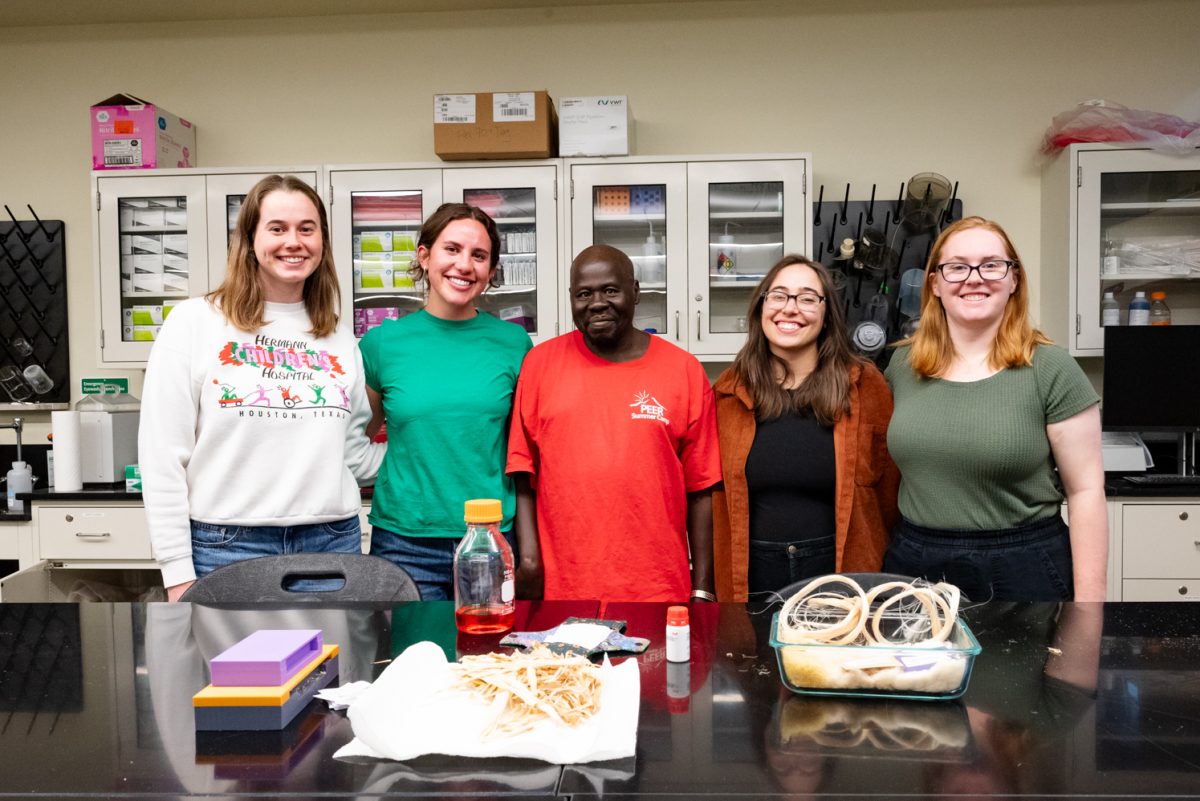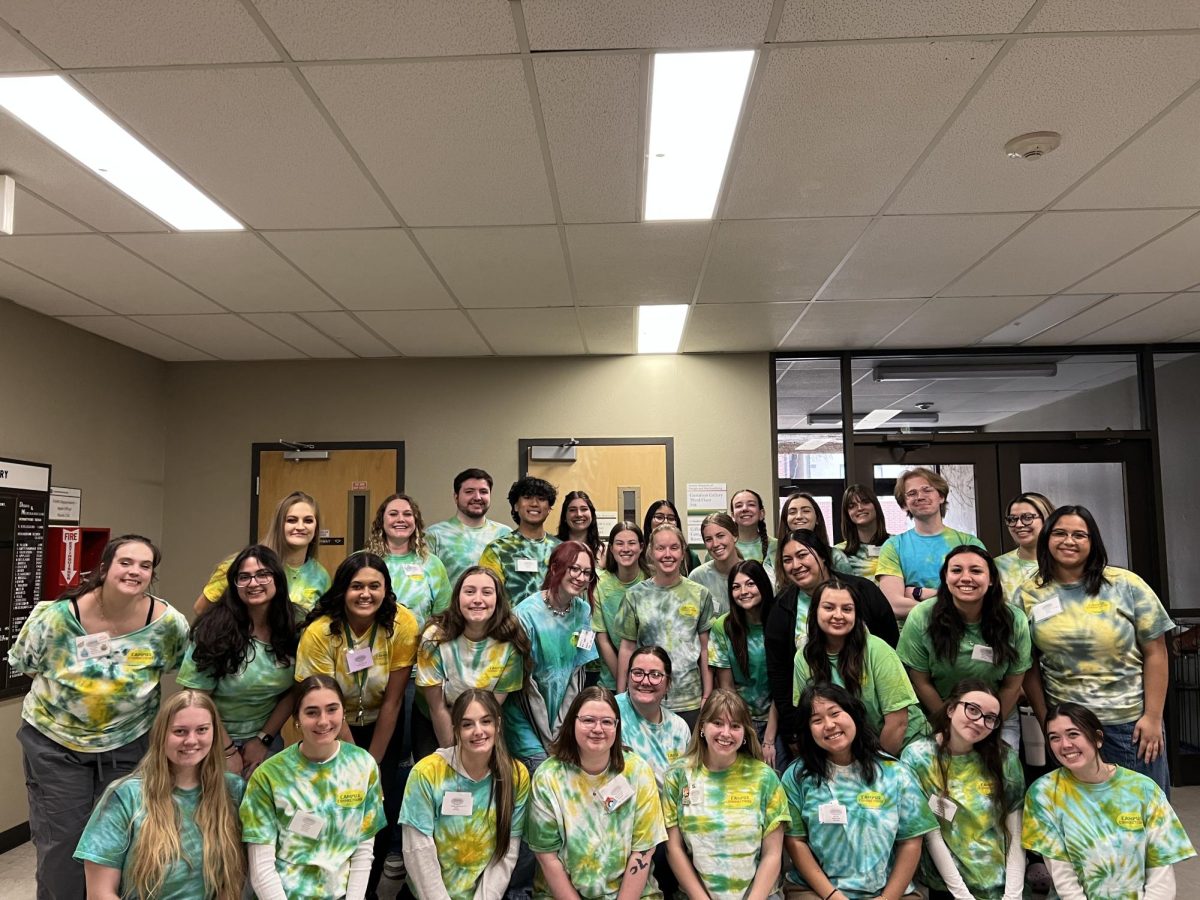After an underground gas leak caused a deadly house explosion in Firestone, Colorado, in April 2017, efforts have been made across the state to prevent such an event from happening again.
Within Colorado State University’s Energy Institute, groups like the Methane Emissions Test and Evaluations Center are working in pursuit of this goal.
Dan Zimmerle, METEC director, said their group routinely does work on emissions measurements in the field and uses methods for testing emissions. They also assess the performance of these methods.
One of our strengths as an overall organization has been being able to be independent but at the same time not antagonistic to industry groups or environmental groups.”-Dan Zimmerle, METEC director
The two primary parts of the current project include understanding gas migration and then testing tools with experiments with local oil and gas operators.
“We run, probably, the largest test bed for natural gas emissions work in the world here in Fort Collins,” Zimmerle said. “I don’t know if there’s any way to say that for sure, but if it’s not the largest, then it’s among the largest.”
Zimmerle’s team has been doing research into natural gas emissions since 2012, Zimmerle said. During this time, they’ve done field campaigns where they measure emissions at oil and gas facilities.
In regards to the Firestone incident, Zimmerle said it stimulated interest in what conditions favor the development of such a gas migration, as the gas in Firestone had moved approximately 150 feet underground from the pipe to the basement of a home.
“What conditions actually cause that or make that more likely?” Zimmerle said. “I think that’s part of what’s driving it. And I think, in general, there’s growing interest in methods that could be deployed to do some continuous monitoring.”
Zimmerle said working with CSU has allowed him to be in a position where he can be both an industry person and an academic person at the same time.
“CSU’s pretty good at that,” Zimmerle said. “One of our strengths as an overall organization has been being able to be independent but at the same time not antagonistic to industry groups or environmental groups.”
CSU is not the only school working on this. Zimmerle said they have a long-standing partnership with the University of Texas at Arlington.
My opinion is always that the more minds we can get on a problem and the more diverse minds, the better. There are so many things about this issue that we haven’t even thought about.”-Kathleen Smits, UTA professor
Kathleen Smits, a professor at UTA, has worked with Zimmerle for about 10 years on various projects and has helped build the pipeline test bed. Smits continues to study a gas’s ability to travel through soil, as opposed to above-ground leaks.
“Below-ground leaks are out of sight, out of mind and a lot more difficult to find,” Smits said. “When we do find them, it’s also really difficult to quantify how much is leaking from that pipeline.”
Smits said using physical experiments for this research has been a great way to understand the complexity of the issue.
“We wanted to be able to run experiments in a controlled way,” Smits said. “It’s really hard to pinpoint scientific understanding to say that a leak moves because of this one thing, or the gas moved because of a combination of factors. There’s a lot of speculation involved, and, as scientists, we try to completely get rid of that speculation.”
One of Smits’ favorite things about METEC, she said, is the opportunity for students to be involved in the research, no matter their area of study.
“The issues that are all wrapped up in something like pipeline leakage are kind of endless,” Smits said. “My opinion is always that the more minds we can get on a problem and the more diverse minds, the better. There are so many things about this issue that we haven’t even thought about.”
Students interested in getting involved can contact Zimmerle or Smits for more information.
Charlotte Lang can be reached at news@collegian.com or on Twitter @ChartrickWrites.







